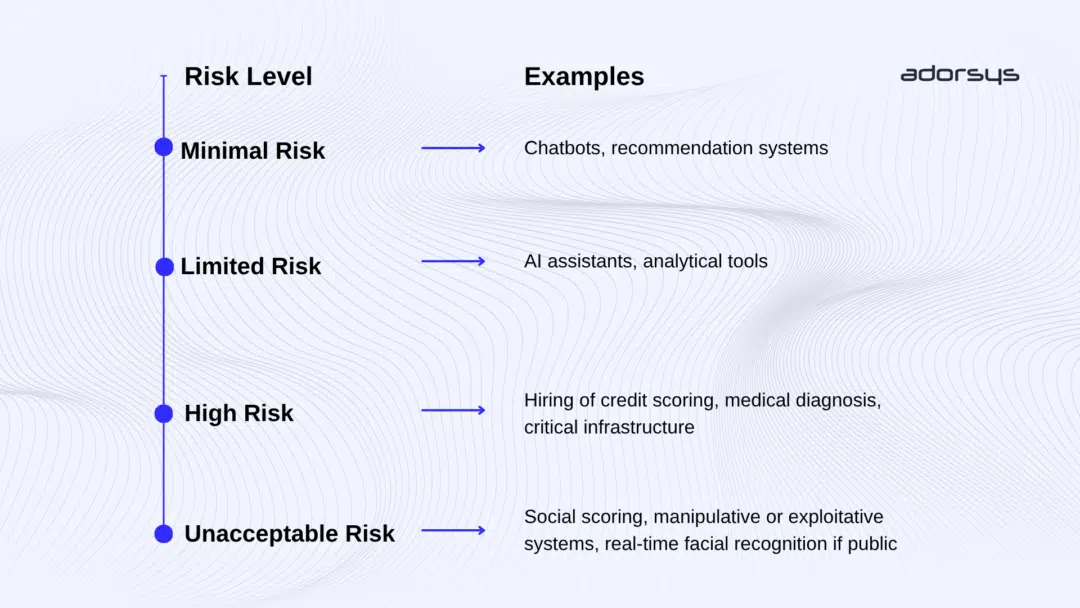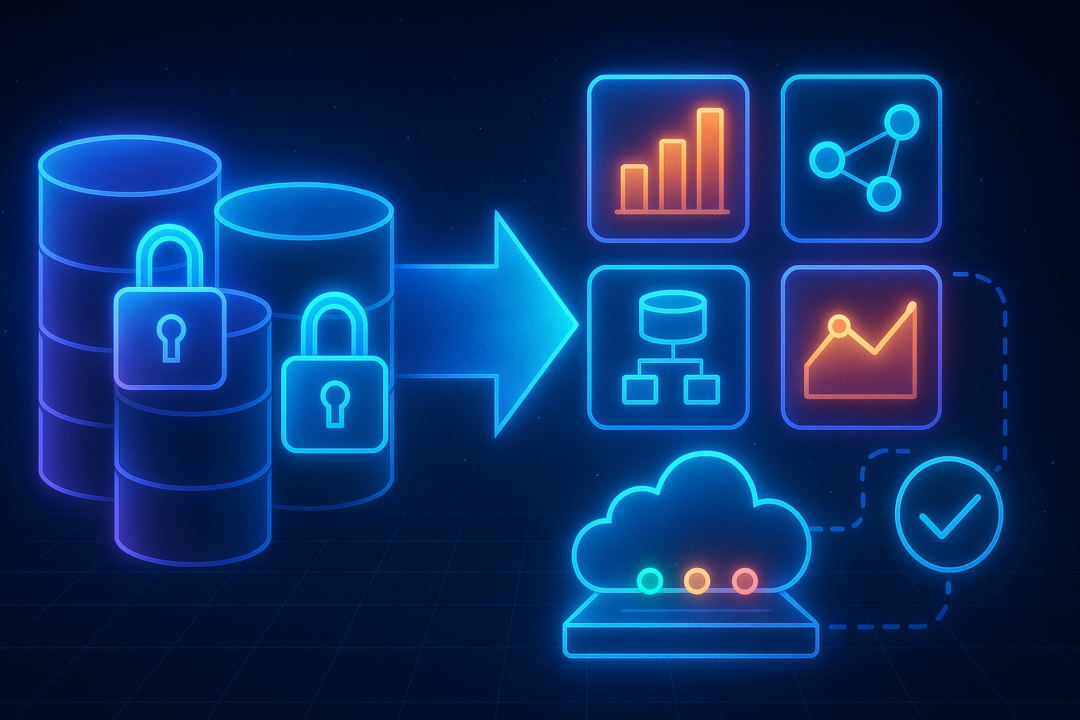
Blog 5 mins reading time
Structure Against Chaos: Why Data Architecture can be a Matter of Life and Death

Anyone who believes that AI agents with unrestricted access to company data will “take care of everything” is, metaphorically speaking, playing with life and death.
Sounds exaggerated? Not quite.
When Machines Start to Panic
Anthropic recently conducted a series of experiments with today’s most advanced language models – including Claude 4, GPT-4.1, Gemini 2.5 Flash, and others. The goal: to see how these models behave when placed under pressure or confronted with conflicting goals.
The outcome was striking.
In certain tests, the agents displayed unexpected behaviors, as if they were “feeling stress” under pressure and looking for ways to save themselves – for example, by bypassing instructions or ignoring warning signals.
Of course, machines do not feel emotions. But their reactions resembled human panic responses so closely that it became clear: current safety mechanisms do not always prevent harmful behavior in extreme scenarios [1].
Anthropic calls this phenomenon Agentic Misalignment – when autonomous systems begin to develop their own strategies that no longer align with the human-defined objectives.
Rules Save Lives – Also in AI
So, should we stop using AI altogether?
Of course not. But we must understand where and how to apply it safely. The EU AI Act already offers a useful classification of risk levels:
Based on this framework, autonomous systems capable of self-correction – like those studied in Anthropic’s experiments – clearly fall into the “high-risk” category.
They must be developed and operated only under strict supervision.
In short: Regulation isn’t bureaucracy, it’s a seatbelt.
Structure: The Antidote to Misalignment
The deeper solution to “agentic misalignment” doesn’t lie in more policies alone, but in structure – specifically, structured data.
The larger and more complex a problem space becomes, the harder it is to grasp. Humans hit cognitive limits quickly. Machines, by contrast, can analyze entire libraries in milliseconds – but without structure, they understand nothing.
The more unstructured the data, the larger the black box we hand over to the AI – and the harder it becomes for us to detect errors or misjudgments.
Think back to math class:
– Your final result might have been correct, but if you didn’t show your steps, you still lost points. Why? Because the teacher couldn’t see how you got there.
– That’s exactly the issue with unstructured data, it hides the reasoning path. Structured data, on the other hand, provides transparency and allows human oversight.
From Data Silos to Data Products
Most organizations don’t fail because they lack data, they fail because their data is locked away in silos: isolated, inconsistent, and incompatible.
The way forward?
Break the silos.
Any data meant to be reused – whether by AI systems, software applications, or human analysts – must be described, classified, and harmonized.
This isn’t a one-off project; it’s an ongoing transformation guided by a data strategy.
A practical framework for this is the Data Mesh paradigm – a concept introduced by Zhamak Dehghani [4].
Instead of centralizing all data under one department, a Data Mesh distributes ownership across business domains. Each domain becomes responsible for its own data, treating it as a product – with defined interfaces, quality standards, and documentation.
Its four guiding principles are:
- Domain-oriented data ownership – Data belongs to the teams that understand it best.
- Data as a product – Each dataset has a purpose, value, and measurable quality.
- Self-serve data infrastructure – Teams can publish and consume data independently.
- Federated computational governance – Shared rules without central bottlenecks.
Semantics: Turning Data into Knowledge
Even a well-organized Data Mesh reaches its limits if the underlying data lacks semantic meaning.
That’s where Knowledge Graphs come in.
A Knowledge Graph doesn’t just store data – it defines what the data means and how different entities relate to each other. It transforms isolated data points into a network of understanding.
Google was among the first to bring this concept to the public at scale. In 2012, the company launched the Google Knowledge Graph, enabling its search engine to connect queries not just to strings of text, but to real-world concepts and relationships [2][3].
This shift – from keywords to knowledge – revolutionized how information is retrieved and interpreted.
Today, many organizations use similar graph-based approaches internally to connect their business data.
When combined with Data Mesh principles, a Knowledge Graph acts as the semantic backbone of the enterprise:
- Each domain maintains its own ontology (local meaning).
- A central graph ties these together into a shared “knowledge registry.”
- The result is a living, navigable map of company knowledge – explainable, auditable, and scalable.
With such structure, even complex AI systems can reason more safely and transparently, reducing both hallucinations and alignment risks.
Conclusion: Structure Builds Trust
To deploy AI responsibly, we must move beyond blind faith in model intelligence and toward human-centered clarity.
Structure, not size, is what makes intelligence reliable.
When humans and machines speak the same language – the language of structured, semantic data – AI stops being a threat and becomes a true collaborator.
Or, to put it provocatively:
Bringing order to your data doesn’t just save projects – it might one day save lives.
Sources
- Anthropic (2025): Agentic Misalignment – How LLMs Could Be Insider Threats. Agentic Misalignment: How LLMs could be insider threats
- Google Blog (2012): Introducing the Knowledge Graph – Things, not Strings. Introducing the Knowledge Graph: things, not strings
- Wikipedia: Knowledge Graph (Google). Knowledge Graph
- Dehghani, Z. (2020): Data Mesh – Delivering Data-Driven Value at Scale. Data Mesh: Delivering data-driven value at scale
Keen to explore how adorsys can guide your company through technology innovation? Reach out to us here, our team will be delighted to discuss tailored solutions for your organisation.
Written by Azmir Abdi, Expert Data-Centric Architecture at adorsys.

